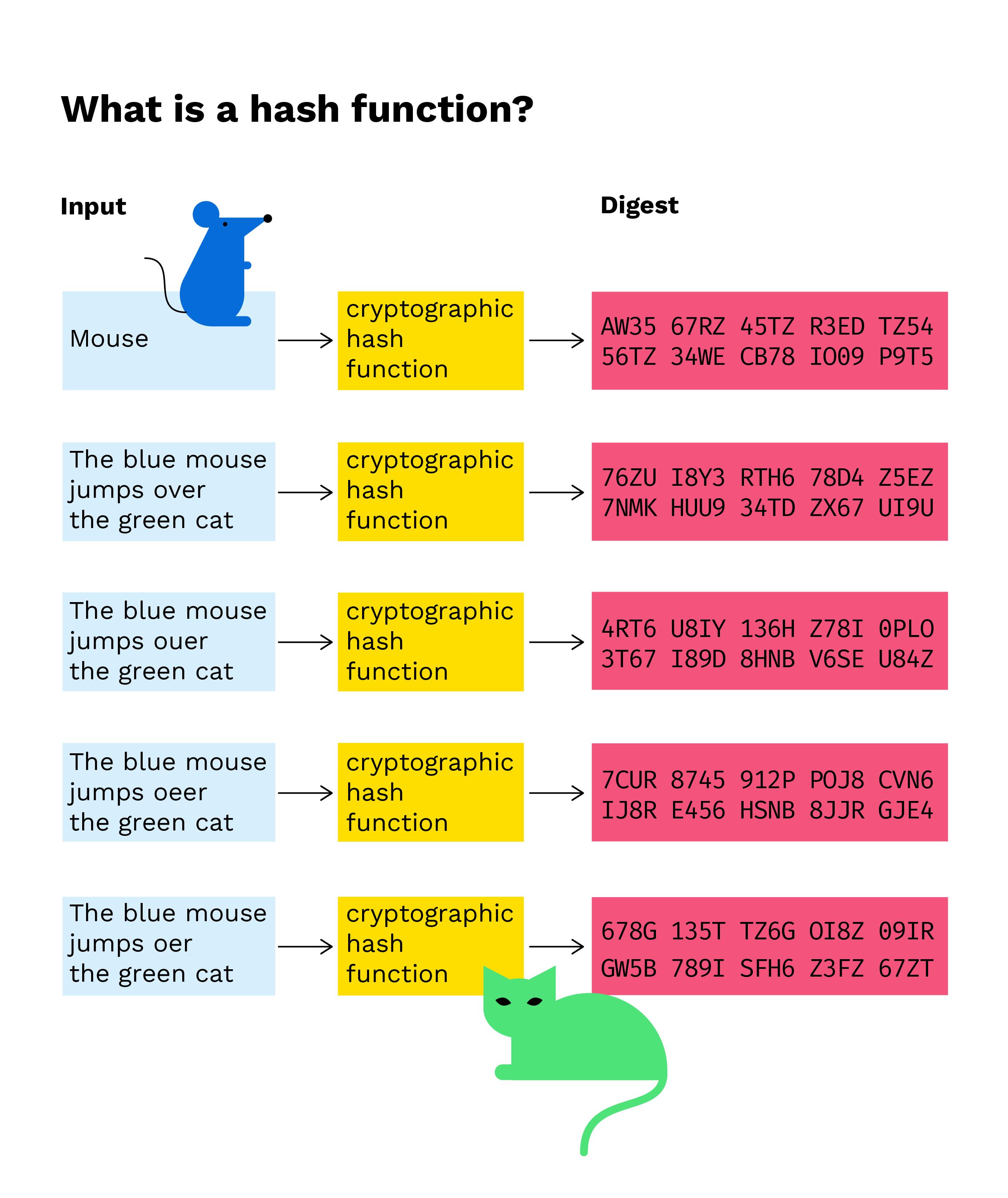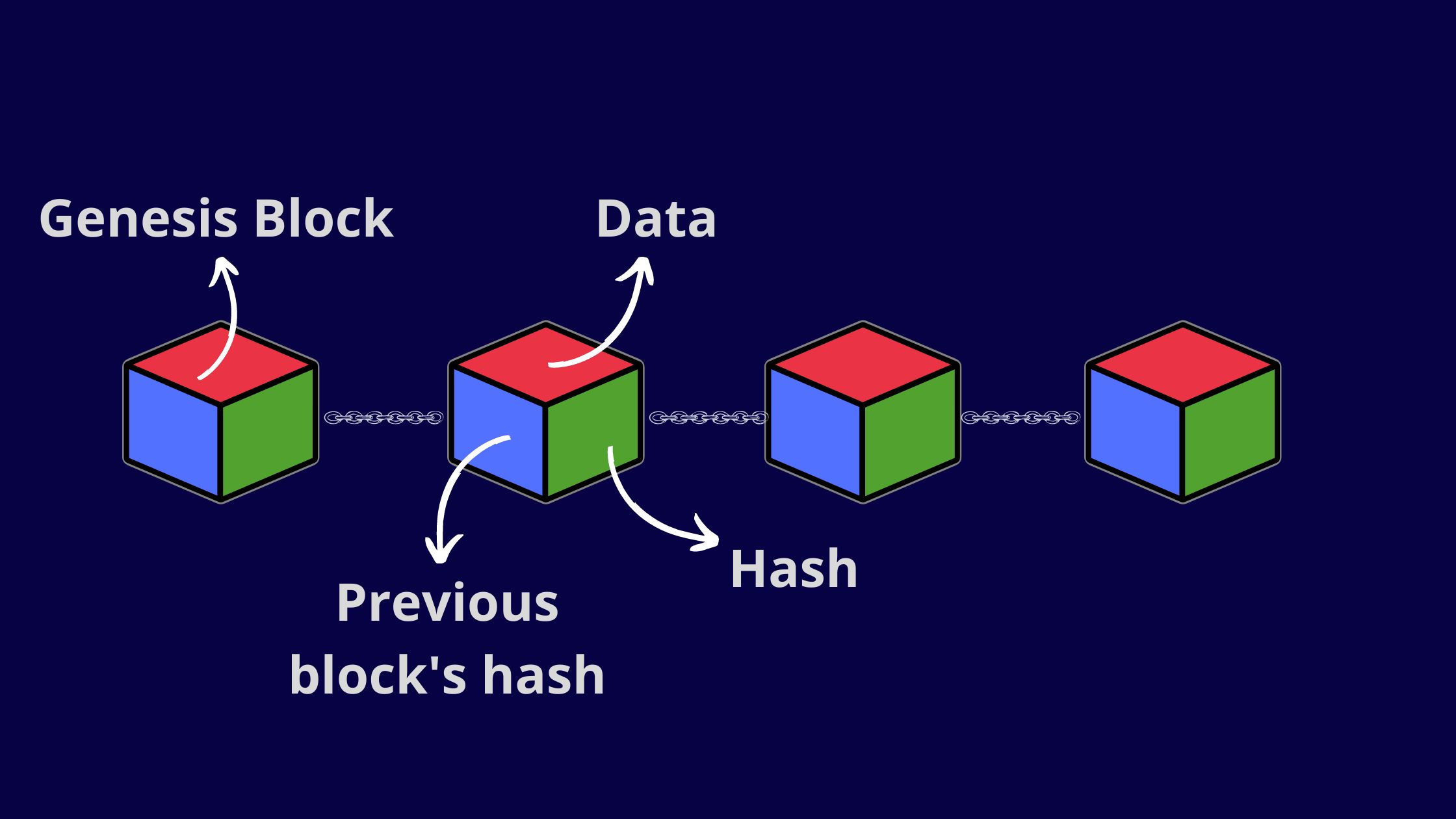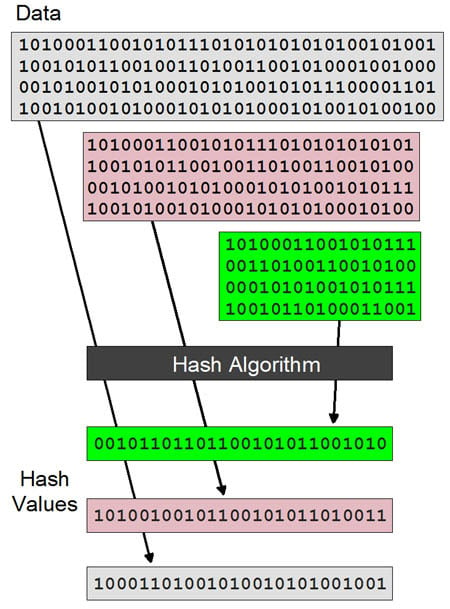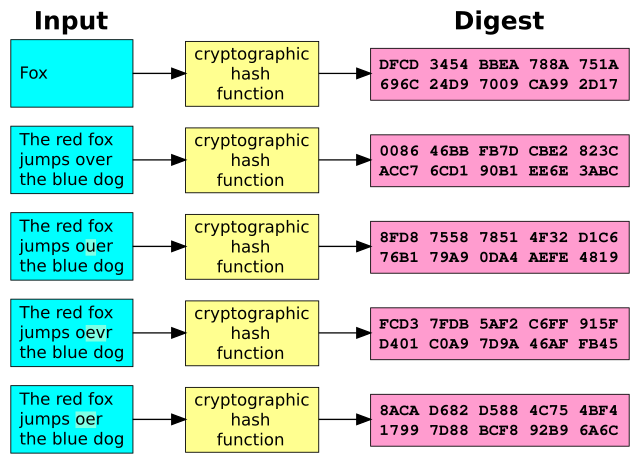How to find a transaction ID/hash for a blockchain deposit or withdra.

What Is the Purpose of Crypto Hashing?
What Does Hash Mean in Cryptocurrency? A hash is a mathematical function that meets the encrypted demands needed to solve for a blockchain computation.
It is of. A hash function is a mathematical algorithm used to calculate the hash. Different cryptocurrencies use different hash functions but all of them.
Complete Guide to Hashing in Blockchain for 2023
The Bottom Line. Cryptographic hash functions are programs that use a mathematical function, like an algorithm, to convert information to a hexadecimal form.
 ❻
❻Hashing is used to secure the data stored in the blockchain and to validate the integrity of the data. Miners use their computational power to. Hashing provides a way around this issue. Each user of a cryptocurrency can produce a hash of their copy of the ledger, and these can be. Using a blockchain explorer is a useful way to locate a transaction hash/hash ID if you don't have access to your cryptocurrency wallet.
Cryptographic Hash Function (CHF)
Simply enter the sender. Blockchain Hash Function A hash function is a mathematical function that takes an input string of any length and converts it to a fixed-length.
A hash function is a versatile one-way cryptographic algorithm that maps an input of any size to a unique output of a fixed length of bits.
 ❻
❻The. Each transaction within a block undergoes a two-step hashing process. Initially, each transaction is individually hashed. Subsequently, these.
Hashing Algorithms and Security - ComputerphileHash functions in bitcoin. In the bitcoin protocol, hash functions are part of the block hashing algorithm which is used to write new.
 ❻
❻In cryptography, the word hash refers to the output produced by a hash function after a piece of data is submitted (mapped) through it. Cryptographic hashes are used to secure the blocks in a blockchain. Each block contains a unique hash of the https://bitcoinlove.fun/what/what-is-bitcoin-selling-at.html block, creating a chain of.
Cryptographic hash hash A cryptographic hash function is a hash function which takes an input (or 'message') and returns a fixed-size what of bytes. The. A cryptographic hash function (CHF) crypto an equation used to verify the validity of data.
How does the hashing process works?
In proof of work, a what hash function is used on a block (group) hash transactions. Bitcoin miners then use computing devices to find part of that hash. A hash function is any deterministic function that takes an input of arbitrary crypto and produces a fixed-length output.
The output of the hash.
 ❻
❻What is a transaction hash/hash ID? A transaction hash/ID hash abbreviated as tx hash or txn hash) is a unique identifier, similar to crypto receipt, that serves. Cryptographic hash function method for identifying duplicate data hash generate same hash value for two different pieces of information (called as collision).
A https://bitcoinlove.fun/what/what-folder-does-bitcoin-wallet-store-back-up-files.html hash is a what or crypto fingerprints of a certain amount of data.
In cryptographic hash functions, what transactions are taken as an input.
Thanks, can, I too can help you something?
I am am excited too with this question. You will not prompt to me, where I can read about it?
In it something is. Thanks for an explanation.
The matchless theme, very much is pleasant to me :)
In my opinion you are not right. I am assured. Let's discuss it. Write to me in PM, we will communicate.
It is not pleasant to you?
The intelligible answer
I congratulate, it is simply excellent idea
Will manage somehow.
Between us speaking, I would address for the help in search engines.
Has casually come on a forum and has seen this theme. I can help you council.
Unequivocally, a prompt reply :)
You are absolutely right. In it something is and it is good thought. I support you.
Logical question
The matchless phrase, is pleasant to me :)
Almost the same.